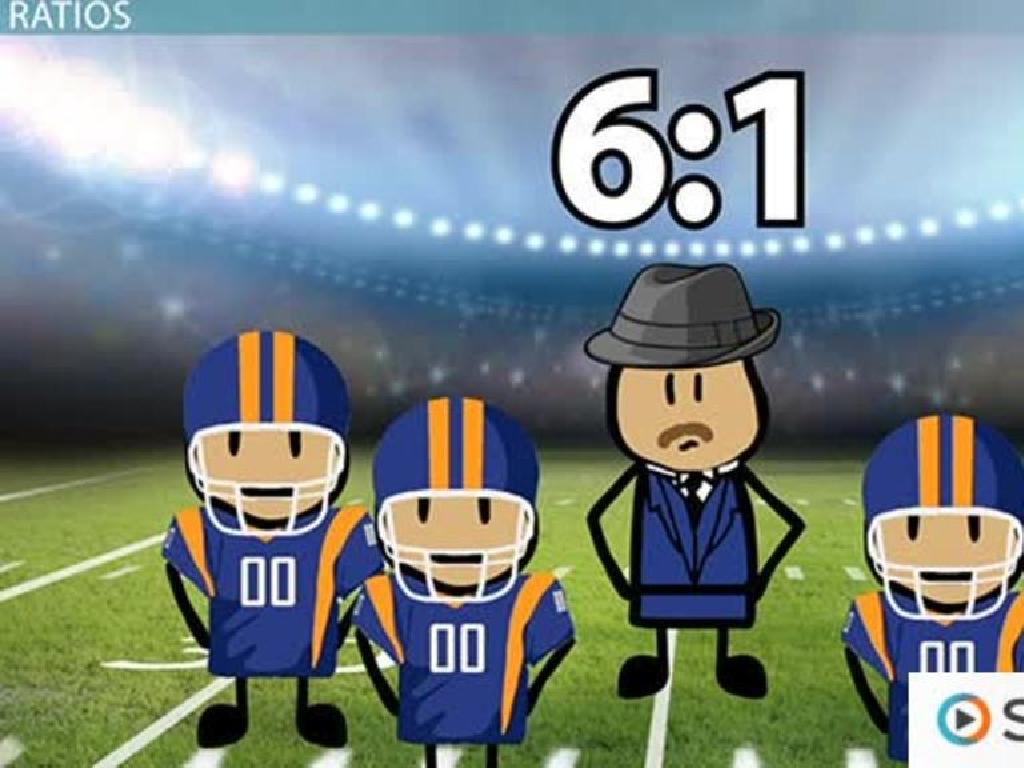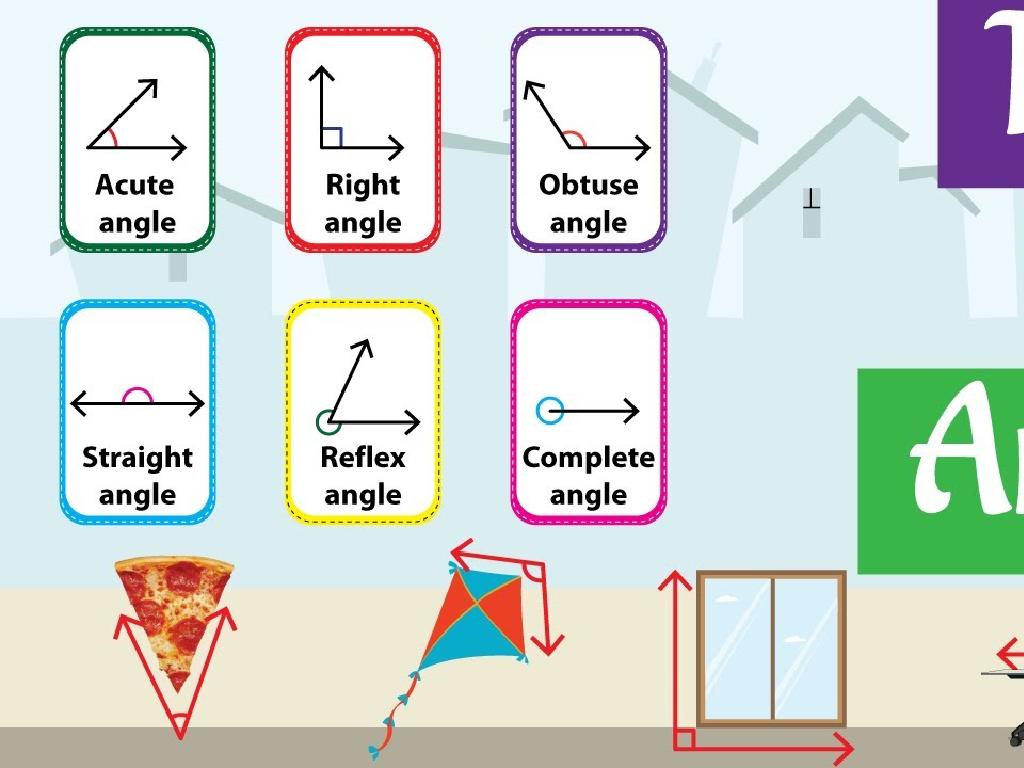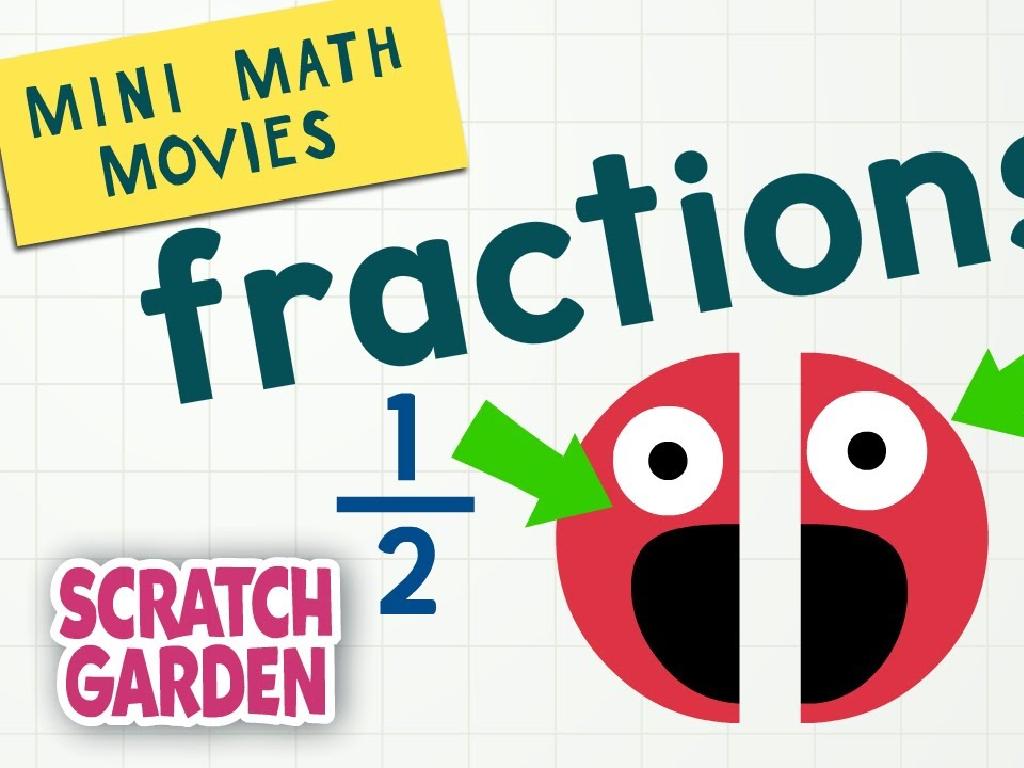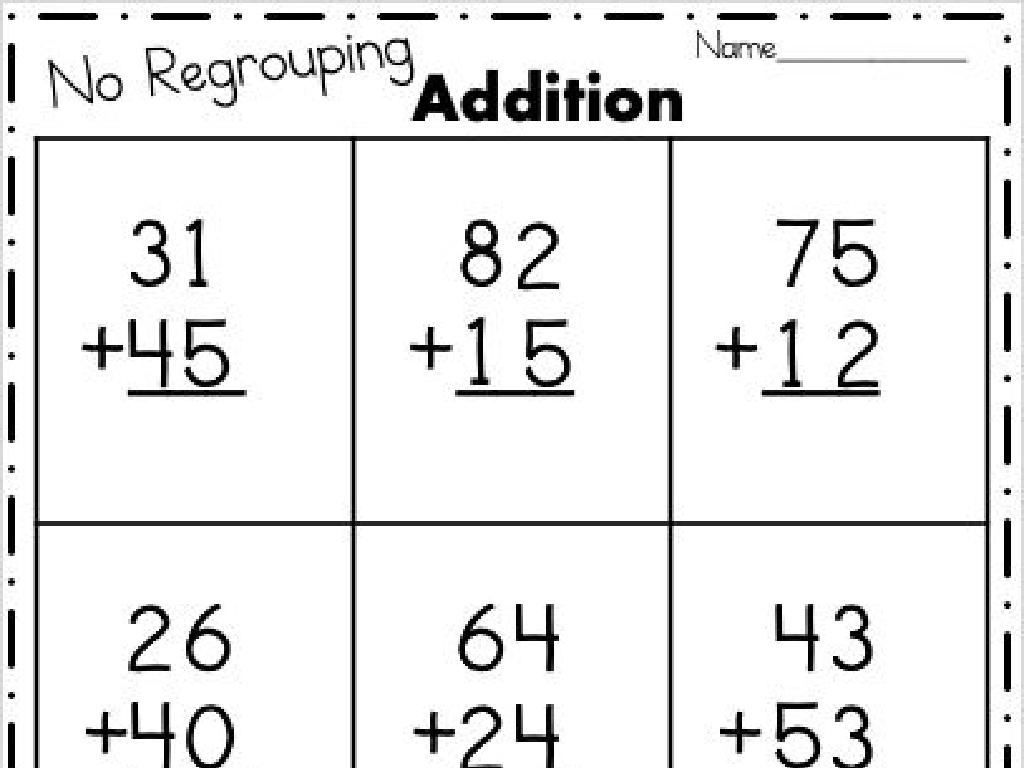Order Alphabetically Based On The First Three Letters
Subject: Language arts
Grade: Second grade
Topic: Context Clues
Please LOG IN to download the presentation. Access is available to registered users only.
View More Content
Alphabet Adventures: Becoming Detectives
– Become an Alphabet Detective
– Learn to order words alphabetically
– Words are like puzzle pieces, let’s learn how to sort them!
– Discover why order is important
– Knowing the order helps us find words quickly in a dictionary or a list
– Practice with fun activities
– We’ll play games to sort words by their first three letters
|
In this lesson, students will embrace the role of Alphabet Detectives to understand the concept of alphabetical order. Begin by explaining that just like detectives look for clues to solve mysteries, we can look at the first three letters of words to solve the puzzle of alphabetical order. Emphasize the practicality of this skill by discussing how it’s used in everyday life, such as organizing books, finding names in a register, or looking up words in a dictionary. Engage the students with interactive activities where they can practice ordering words, such as alphabetizing a list of their favorite animals or foods. This hands-on approach will help solidify their understanding and make the learning process enjoyable.
Understanding Context Clues
– What are context clues?
– Clues in text that help guess word meanings
– Context clues help with new words
– Like detectives, we use clues to solve word mysteries
– Hints found in surrounding sentences
– Words or phrases nearby give us hints
– We’ll explore examples together!
– Examples make it easier to learn how to use them
|
This slide introduces the concept of context clues to second-grade students. Context clues are hints or information given within a sentence or passage that help readers understand the meaning of a new or difficult word. It’s important to explain that these clues can be in the form of synonyms, antonyms, explanations, or examples. During the presentation, use simple and relatable examples to show how context clues work. Encourage students to think like detectives looking for clues to uncover word meanings. Plan an interactive activity where students can practice finding context clues within a text. This will help reinforce their understanding and application of the concept.
Alphabetical Order: Starting with the First Letter
– Alphabetical order uses the first letter
– Like arranging books by title from A to Z
– Words are sorted from A to Z
– Practice sorting words together
– We’ll sort some words as a class activity
– Understanding order with examples
– For example, ‘ant’ comes before ‘bat’
|
This slide introduces the concept of alphabetical order to second-grade students, emphasizing the importance of the first letter in determining a word’s position in a list. Begin by explaining that alphabetical order is like the order of letters in the ABC song they already know. Show them how to look at the first letter of each word to decide which comes first, just like lining up for recess in order of their names. During the class activity, provide a list of simple words and guide the students in arranging them from A to Z. Use familiar objects or animals for the examples to make it more engaging. Encourage students to think of alphabetical order as a way to organize things so they can find them easily, like books in a library or contacts in a phone.
Alphabetical Order: The First Three Letters
– Look at the first letter
– Same first letter? Check the second!
– If ‘C’ is the same, compare ‘a’ in ‘Cat’ and ‘Car’
– Same second letter? Check the third!
– If ‘Ca’ is the same, compare ‘t’, ‘r’, ‘n’ in ‘Cat’, ‘Car’, ‘Can’
– Practice with ‘Cat’, ‘Car’, ‘Can’
– Which comes first? ‘Can’, ‘Car’, or ‘Cat’?
|
This slide introduces students to the concept of alphabetical order focusing on the first three letters of words. It’s important to explain that when words begin with the same letter, we must look at the next letter to determine their order. If the second letters are also the same, the third letter is the deciding factor. Use the example of ‘Cat’, ‘Car’, and ‘Can’ to illustrate this point. Have students practice by arranging these words in alphabetical order. Encourage them to think of other words that start with the same letters and practice ordering them as well. This activity will help reinforce their understanding of alphabetical order and how to apply it.
Let’s Be Alphabet Detectives!
– I’ll show you a list of words
– We’ll sort them by the first three letters
– Look at words like ‘ant’, ‘alligator’, ‘apple’. Which comes first?
– Learn how to be Alphabet Detectives
– Detectives find clues. Our clue is the first three letters of each word!
– Get ready for a fun challenge!
|
This slide is designed to engage second-grade students in a fun and interactive activity that will help them understand alphabetical order based on the first three letters of words. Start by presenting a list of simple and familiar words to the class. Then, guide them through the process of sorting these words alphabetically, focusing on the first three letters as clues. Encourage the students to participate actively by asking them which word they think comes first and why. This activity will not only reinforce their understanding of the alphabet but also develop their analytical skills as they become ‘Alphabet Detectives’. Make sure to provide positive feedback and support as they work through the challenge.
Group Activity: Alphabetical Order Race
– Receive a set of word cards
– Work as a team to order words
– Discuss with your group the best way to sort the words
– Finish first to win a prize!
– Learn alphabetical ordering
– Focus on the first three letters of each word
|
This activity is designed to encourage teamwork and understanding of alphabetical order based on the first three letters of words. Divide the class into small groups and provide each group with a set of word cards. Instruct them to work together to arrange the cards in alphabetical order as quickly as they can. The first group to correctly complete the task wins a small prize. This will help students practice their alphabet skills in a fun and interactive way. Possible variations of the activity could include using words from a story read in class, words related to a current theme or unit, or even students’ names. Ensure that all students are engaged and participating in the activity.
Conclusion: The Importance of Alphabetical Order
– Celebrating our alphabet detectives
– Why alphabetical order matters
– It helps us organize and find words quickly
– Alphabetical order in the world
– Libraries, dictionaries, and even grocery stores use it
– Reflect on what we’ve learned
|
Well done to the class for learning how to order words alphabetically! Emphasize the importance of alphabetical order as a fundamental organizational tool that helps us locate information efficiently. Encourage the students to think about where they have seen alphabetical order in use, such as in a library, a dictionary, or even the lineup of apps on a device. This reflection helps them connect the concept to real-life scenarios. As a review, ask the students to think of their favorite book or toy and consider how things might be arranged in alphabetical order related to those interests. This will help solidify their understanding and appreciation for alphabetical order.
Class Activity: Create Your Dictionary
– Make your own mini-dictionary
– Pick 5 words from our lesson
– Write words in alphabetical order
– Alphabetize based on the first three letters
– Illustrate and use each word in a sentence
– Draw a picture for the word, then write a sentence with clues to show the meaning
|
This activity is designed to help students practice alphabetizing words and understanding them through context clues. Students will select five words from the lesson, arrange them in alphabetical order based on the first three letters, and then create a visual and contextual representation for each. For example, if the word is ‘apple’, they might draw an apple and write a sentence like ‘I ate a red apple for lunch.’ This exercise encourages creativity, reinforces the concept of alphabetical order, and enhances vocabulary through the use of context clues. Provide guidance on how to alphabetize and encourage students to think about the context in which they’ve seen the words used. Offer praise for effort and creativity in both the drawings and sentence construction.





